I. Introduction
In modern home care, the attention given to bathroom fixtures is crucial, especially concerning the faucet—a vital element that seamlessly combines functionality and style. Understanding how to maintain this essential fixture not only preserves its beauty but also ensures it operates efficiently.
The bathroom faucet is both a practical necessity and a key aesthetic feature in today's homes. Proper maintenance not only keeps it looking its best but also extends its lifespan, reducing the need for costly replacements.
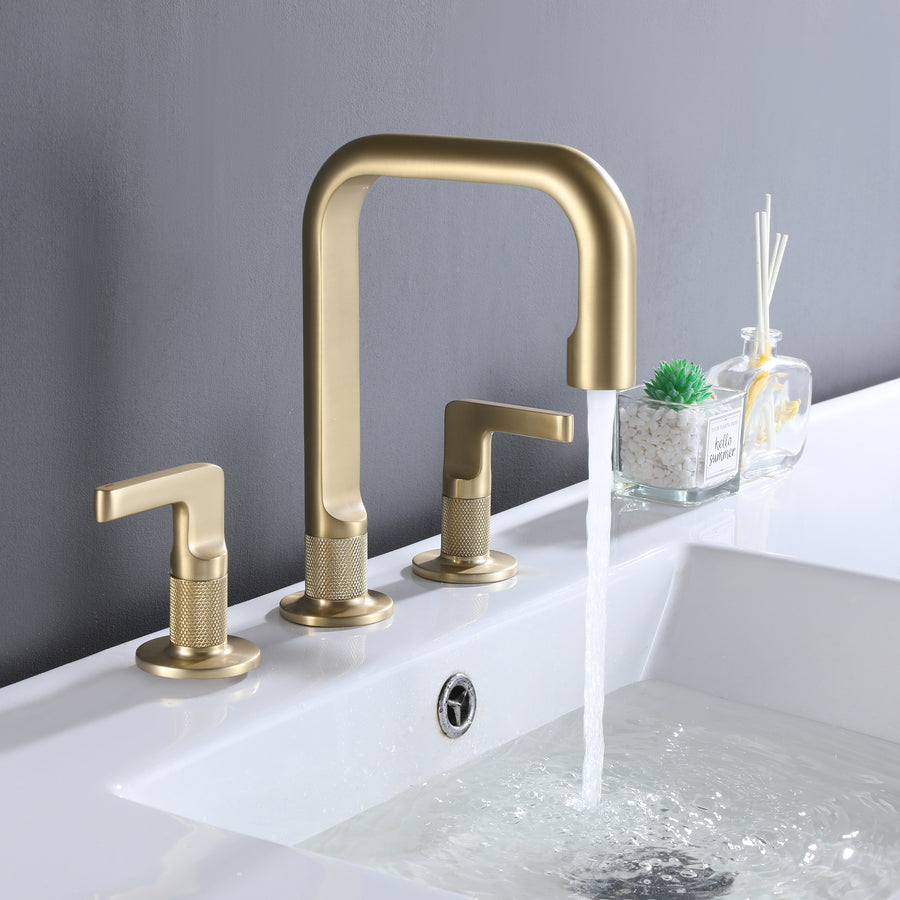
Exploring the details of cleaning and maintenance reveals a comprehensive approach to preserving the allure and functionality of bathroom faucets. From routine cleaning to specialized techniques, each aspect of maintenance contributes to maintaining both the visual appeal and functionality of the fixture.
Regular maintenance of the faucet brings numerous benefits. Beyond keeping its appearance pristine, regular upkeep ensures optimal performance, reduces the risk of malfunctions, and enhances the overall atmosphere of the bathroom. By prioritizing the care of this essential fixture, homeowners can enjoy lasting beauty and functionality in their living spaces.
II. Understanding Your Bathroom Faucet
When it comes to maintaining your bathroom faucet, a foundational understanding of its components and characteristics is essential. By familiarizing yourself with the various types of faucets and their materials, as well as identifying common areas prone to dirt and grime buildup, you can develop an effective maintenance strategy tailored to your specific fixture.
Different types of bathroom faucets exist, including single-handle, double-handle, and wall-mounted variations, each with its own set of maintenance requirements. Additionally, faucets are constructed from various materials such as stainless steel, brass, chrome, or nickel, each requiring specific cleaning techniques to preserve their appearance and functionality.
Identifying areas prone to dirt and grime buildup, such as the faucet aerator, handles, and spout, allows you to target cleaning efforts where they are most needed. Factors such as water hardness and frequency of use also play a role in determining the maintenance needs of your faucet.
By gaining a comprehensive understanding of your bathroom faucet, you can effectively tailor your cleaning and maintenance routine to ensure its longevity and aesthetic appeal.
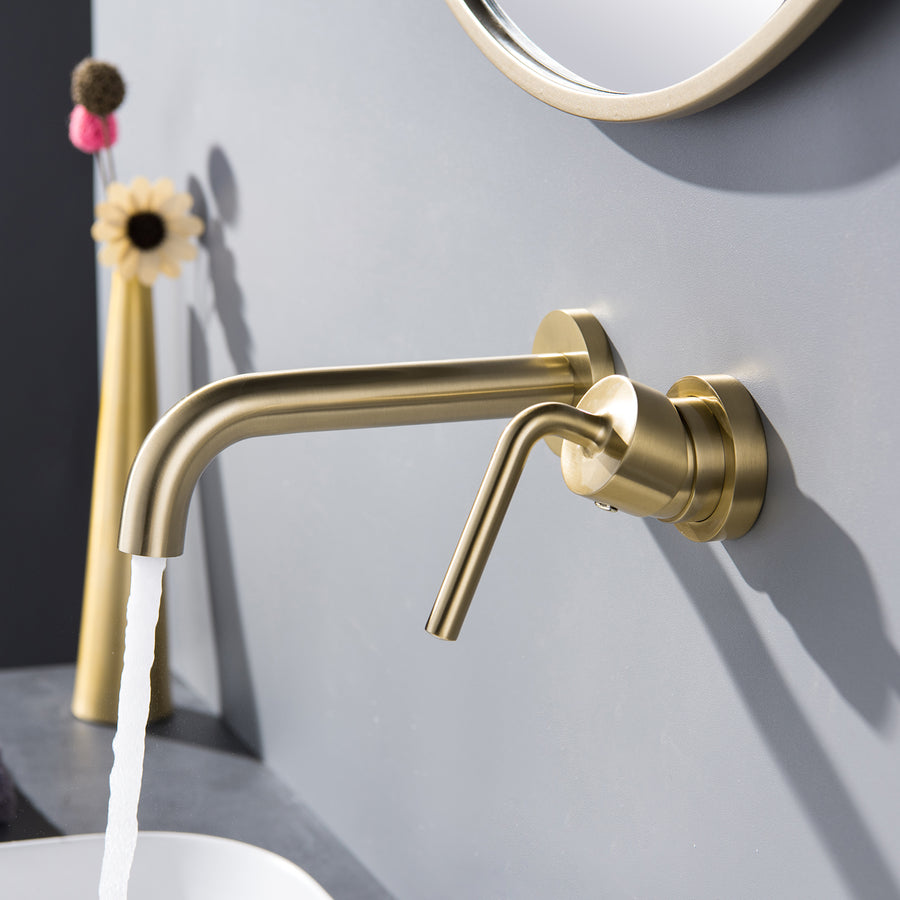
III. Tools and Supplies Needed
To effectively clean and maintain your bathroom faucet, it's essential to have the right tools and supplies on hand. Whether performing routine cleaning or tackling more stubborn stains and deposits, having the appropriate equipment ensures thorough and efficient maintenance.
A. Essential Cleaning Supplies
- Mild soap or detergent: Ideal for removing surface dirt and grime without damaging the faucet finish.
- Soft cloth or sponge: Use for gentle scrubbing and polishing to maintain the faucet's shine.
- White vinegar: Effective for removing mineral deposits and hard water stains.
- Baking soda: Acts as a gentle abrasive for stubborn stains and provides additional cleaning power when mixed with vinegar.
- Toothbrush or soft-bristled brush: Useful for cleaning hard-to-reach areas and intricate details of the faucet.
B. Optional Tools for Deeper Cleaning
- Adjustable wrench: Helpful for disassembling and reassembling the faucet components for thorough cleaning.
- Needle-nose pliers: Useful for removing small parts or debris lodged in the faucet aerator or other components.
- Pipe brush: Ideal for cleaning inside the faucet spout and other narrow areas.
- Commercial cleaning products: Choose products specifically formulated for removing mineral deposits and stains from bathroom fixtures.
- Microfiber cloth: Provides a lint-free finish when drying and polishing the faucet after cleaning.
C. Safety Precautions
- Rubber gloves: Protect your hands from harsh cleaning chemicals and hot water.
- Eye protection: Wear safety goggles when using commercial cleaning products to prevent splashes or irritation.
- Proper ventilation: Ensure adequate airflow in the bathroom when using cleaning agents to avoid inhaling fumes.
By having these tools and supplies readily available, you can confidently tackle any cleaning or maintenance task to keep your bathroom faucet looking and functioning its best.
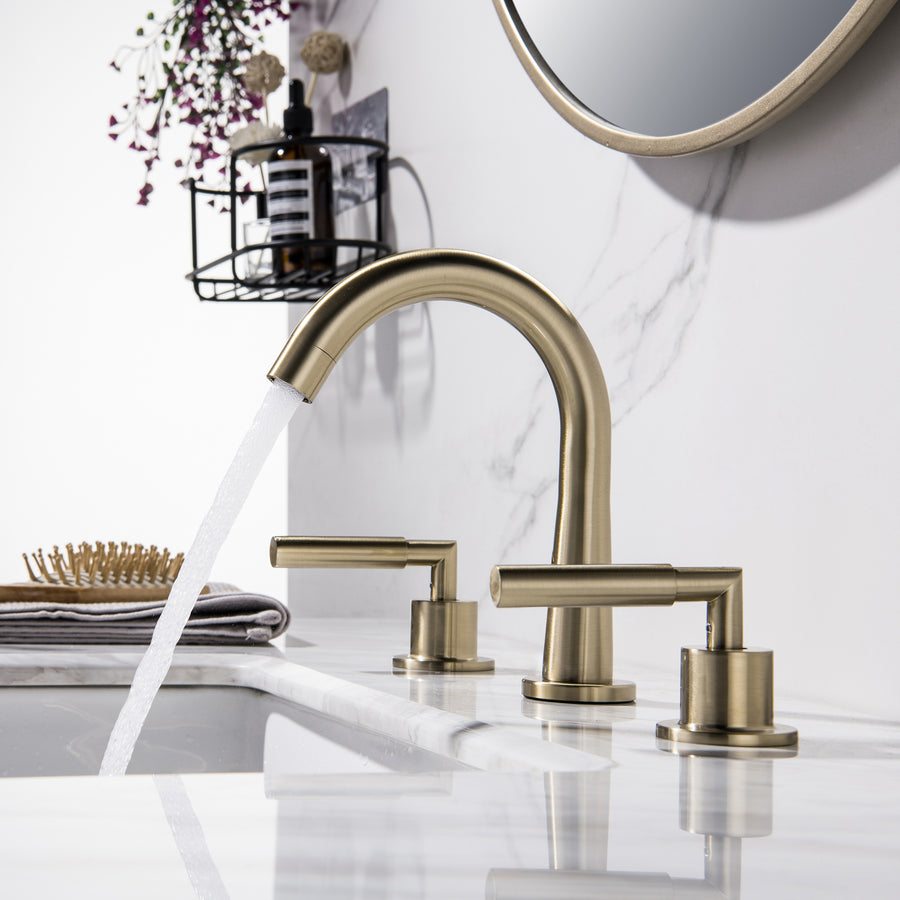
IV. Regular Cleaning Routine
Maintaining a consistent cleaning routine is essential for preserving the beauty and functionality of your bathroom faucet. By incorporating simple yet effective cleaning practices into your regular household chores, you can prevent the buildup of dirt, grime, and mineral deposits, ensuring your faucet maintains its pristine appearance and optimal performance.
A. Step-by-Step Guide to Routine Cleaning
-
Remove Surface Dirt and Grime: Start by wetting a soft cloth or sponge with warm water and mild soap or detergent. Gently wipe down the entire surface of the faucet, including the handles, spout, and aerator, to remove any accumulated dirt or residue.
-
Clean Hard-to-Reach Areas: Use a toothbrush or soft-bristled brush dipped in soapy water to clean hard-to-reach areas, such as around the base of the faucet and underneath the handles. Pay special attention to crevices and seams where dirt and grime tend to accumulate.
-
Polish for Shine: After cleaning, rinse the faucet thoroughly with clean water to remove any soap residue. Buff the faucet with a dry, soft cloth to restore its shine and remove any water spots or streaks for a flawless finish.
B. Frequency of Cleaning
The frequency of cleaning your bathroom faucet will depend on various factors, including the hardness of your water, the frequency of use, and the level of environmental contaminants present in your area. As a general guideline, aim to clean your faucet at least once a week to prevent the buildup of dirt and grime. However, if you notice any visible stains or deposits, it may be necessary to clean your faucet more frequently to maintain its appearance and functionality.
By following these simple cleaning steps on a regular basis, you can keep your bathroom faucet looking its best and ensure it continues to provide reliable performance for years to come.
V. Deep Cleaning Techniques
While regular cleaning helps maintain the appearance of your bathroom faucet, occasional deep cleaning is necessary to remove stubborn stains, mineral deposits, and grime that may have accumulated over time. By employing targeted cleaning techniques, you can restore your faucet to its original luster and ensure optimal performance.
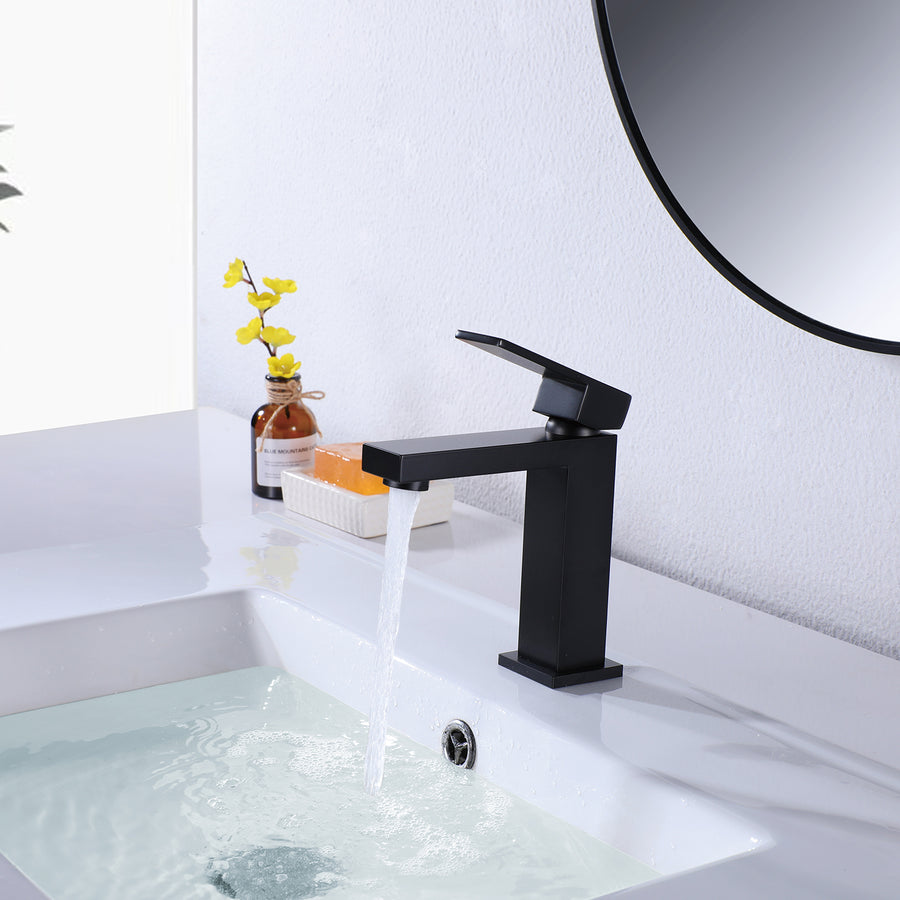
A. Signs That Indicate the Need for Deep Cleaning
- Visible Stains and Deposits: If you notice discoloration, scaling, or buildup on the faucet surface, it's a sign that deep cleaning is required.
- Reduced Water Flow: Mineral deposits and debris can obstruct the flow of water from the faucet, indicating the need for thorough cleaning.
- Persistent Odors or Tastes: Accumulated grime and bacteria can cause unpleasant odors or tastes in the water, signaling the need for deep cleaning to eliminate contaminants.
B. Methods for Removing Stubborn Stains and Deposits
-
Vinegar and Baking Soda Solution: Create a paste by mixing equal parts white vinegar and baking soda. Apply the paste to the affected areas of the faucet and let it sit for 15-20 minutes. Scrub the surface with a soft-bristled brush or sponge, then rinse thoroughly with water to remove any residue.
-
Commercial Cleaning Products: Choose a commercial cleaner specifically formulated for removing mineral deposits and stains from bathroom fixtures. Follow the manufacturer's instructions for application and use caution to avoid damaging the faucet finish.
-
Use a Toothbrush or Soft Brush: For intricate areas and hard-to-reach spots, use a toothbrush or soft-bristled brush dipped in cleaning solution to gently scrub away stubborn stains and deposits. Take care not to apply excessive pressure, especially if your faucet has a delicate finish.
C. Precautions to Avoid Damage
When performing deep cleaning, it's essential to take precautions to avoid damaging the faucet finish or components:
- Avoid abrasive cleaners or scouring pads that can scratch or dull the faucet surface.
- Test any cleaning products on a small, inconspicuous area of the faucet before applying them to the entire surface.
- Rinse the faucet thoroughly after cleaning to remove any cleaning residue and prevent potential damage or discoloration.
By employing these deep cleaning techniques and precautions, you can effectively remove stubborn stains and deposits from your bathroom faucet, restoring its beauty and ensuring optimal performance for years to come.
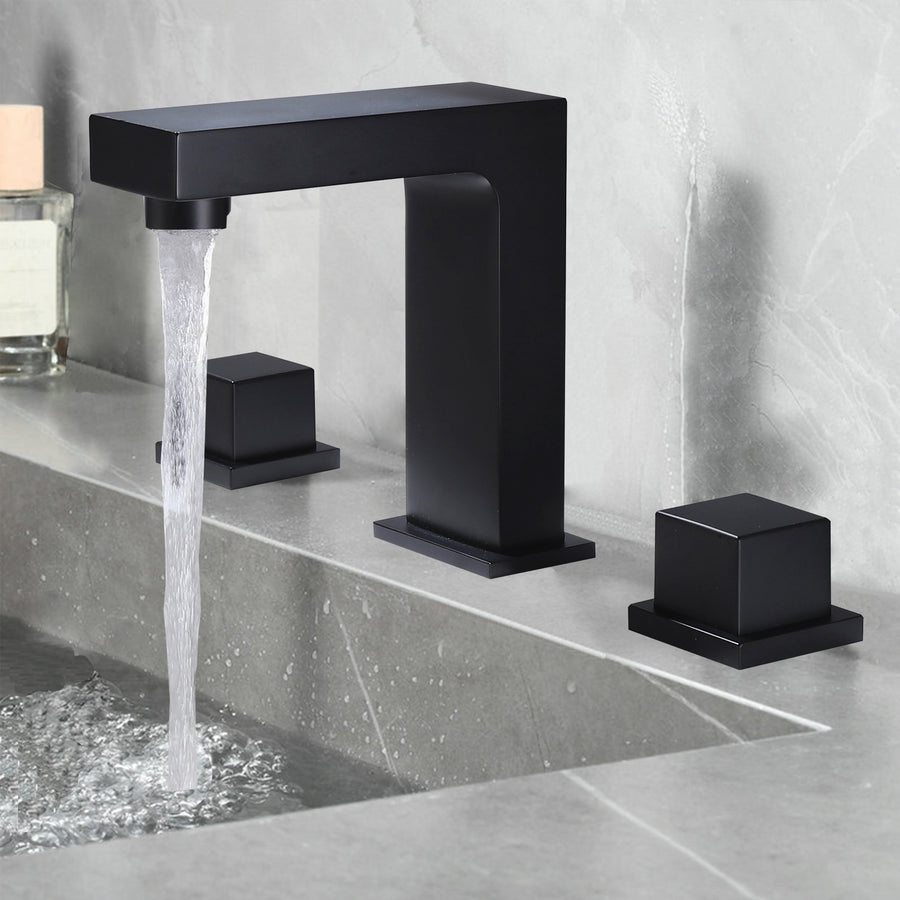
VI. Maintenance Tips for Longevity
To ensure the lasting beauty and functionality of your bathroom faucet, it's essential to implement preventive maintenance measures and address minor issues promptly. By incorporating these maintenance tips into your routine, you can extend the lifespan of your faucet and avoid costly repairs or replacements in the future.
A. Preventive Measures to Reduce Wear and Tear
-
Proper Installation and Sealing: Ensure your faucet is installed correctly and securely to prevent leaks and water damage. Check for any signs of loose fittings or gaps around the base of the faucet and seal them as needed to prevent water infiltration.
-
Regular Inspection for Leaks and Drips: Periodically check your faucet for any signs of leaks or drips, such as water pooling around the base or handles. Addressing these issues promptly can prevent water waste and potential damage to your plumbing system.
-
Lubricating Moving Parts: Apply a small amount of plumber's grease or silicone lubricant to the moving parts of your faucet, such as the handle and cartridge, to ensure smooth operation and prevent wear and tear over time.
B. Addressing Minor Issues Promptly
-
Replacing Worn Components: If you notice any worn or damaged components, such as O-rings or cartridges, replace them promptly to prevent further damage to your faucet and plumbing system.
-
Clearing Clogged Aerators: Periodically remove and clean the aerator to remove any debris or mineral deposits that may obstruct the flow of water. Soak the aerator in vinegar overnight to dissolve stubborn deposits, then rinse thoroughly before reinstalling.
-
Checking for Water Pressure Changes: Monitor water pressure changes in your faucet, as sudden fluctuations may indicate underlying issues such as a clogged aerator or water supply line. Addressing these issues promptly can prevent further damage to your faucet and plumbing system.
C. Consulting a Professional Plumber
For complex maintenance needs or issues beyond your expertise, don't hesitate to consult a professional plumber. A qualified plumber can diagnose and address any underlying issues with your faucet or plumbing system, ensuring proper repairs and maintenance are performed to prevent future problems.
By implementing these maintenance tips and addressing minor issues promptly, you can prolong the lifespan of your bathroom faucet and enjoy reliable performance for years to come.
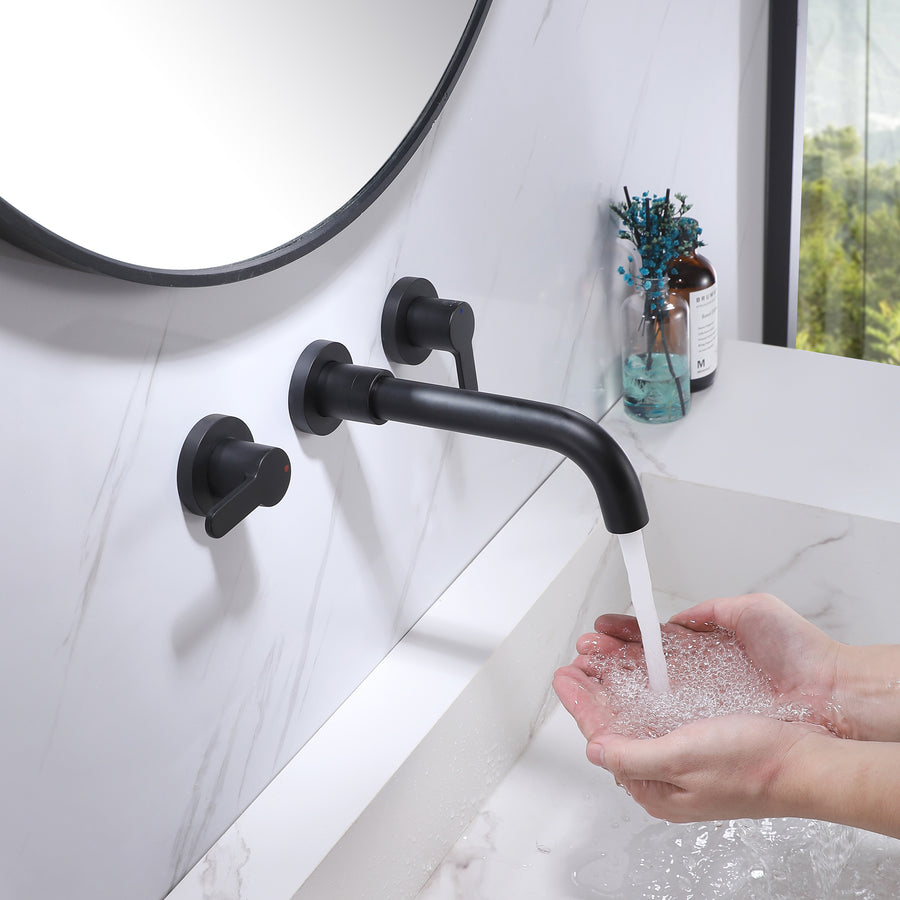
VII. Eco-Friendly Cleaning Alternatives
In addition to maintaining the beauty and functionality of your bathroom faucet, it's important to consider environmentally friendly cleaning alternatives that minimize the impact on the planet. By opting for eco-friendly cleaning solutions, you can effectively clean your faucet while reducing your carbon footprint and promoting sustainability.
A. Environmentally Safe Cleaning Solutions
-
White Vinegar: Vinegar is a natural, non-toxic cleaner that effectively removes mineral deposits and stains from bathroom fixtures. Dilute white vinegar with water and apply it to the faucet surface, allowing it to sit for a few minutes before rinsing thoroughly.
-
Baking Soda: Baking soda acts as a gentle abrasive cleaner and deodorizer, making it ideal for removing stubborn stains and grime from faucets. Create a paste by mixing baking soda with water and apply it to the faucet surface, scrubbing gently with a soft-bristled brush before rinsing.
-
Citrus-Based Cleaners: Citrus-based cleaners are derived from natural ingredients and provide a safe and effective alternative to harsh chemical cleaners. Look for cleaners that contain natural citrus extracts or essential oils to clean and freshen your faucet without harming the environment.
B. DIY Natural Cleaners Using Household Ingredients
-
Lemon Juice: Lemon juice is a natural bleaching agent that can help remove stains and brighten the appearance of your faucet. Apply lemon juice directly to the faucet surface and let it sit for a few minutes before rinsing thoroughly with water.
-
Salt: Salt acts as a mild abrasive cleaner and can help remove stubborn stains and deposits from faucet surfaces. Create a paste by mixing salt with water and apply it to the affected areas, scrubbing gently with a soft cloth or sponge before rinsing.
-
Essential Oils: Essential oils such as tea tree oil or lavender oil have natural antibacterial properties and can help disinfect and deodorize your faucet. Add a few drops of essential oil to a spray bottle filled with water and use it to clean and freshen your faucet surfaces.
C. Benefits of Eco-Friendly Practices for Sustainability
By incorporating eco-friendly cleaning alternatives into your maintenance routine, you not only reduce your exposure to harmful chemicals but also contribute to environmental conservation efforts. These natural cleaning solutions are biodegradable, non-toxic, and safe for use around pets and children, making them a sustainable choice for maintaining your bathroom faucet and promoting a healthier home environment.
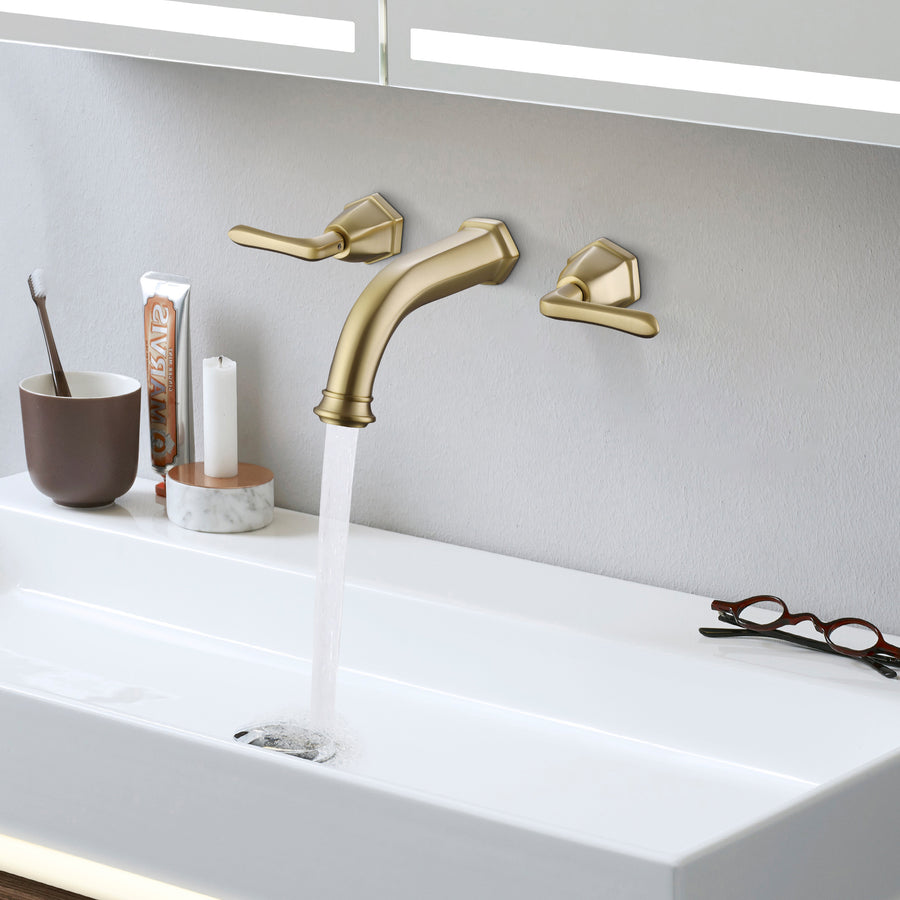
VIII. Conclusion
In conclusion, maintaining your bathroom faucet for lasting beauty involves a combination of regular cleaning, targeted maintenance, and eco-friendly practices. By implementing the tips and techniques outlined in this guide, you can ensure that your faucet remains not only aesthetically pleasing but also functional and environmentally responsible.
Regular cleaning routines, including gentle scrubbing and polishing, help prevent the buildup of dirt and grime, preserving the faucet's shine and luster. Deep cleaning techniques, such as using natural remedies like vinegar and baking soda, effectively remove stubborn stains and mineral deposits without resorting to harsh chemicals.
Furthermore, proactive maintenance measures, such as inspecting for leaks and drips, lubricating moving parts, and promptly addressing minor issues, ensure the longevity and optimal performance of your faucet. By taking these steps, you can minimize the need for costly repairs or replacements and enjoy reliable functionality for years to come.
Additionally, by opting for eco-friendly cleaning alternatives and DIY solutions using household ingredients, you can reduce your environmental footprint and promote sustainability in your home. These natural cleaning methods are not only effective but also safe for your family and the planet.
In essence, maintaining your bathroom faucet is not just about preserving its appearance—it's about caring for your home and the environment. By incorporating these tips into your cleaning and maintenance routine, you can uphold the beauty and functionality of your faucet while contributing to a healthier and more sustainable living environment.









